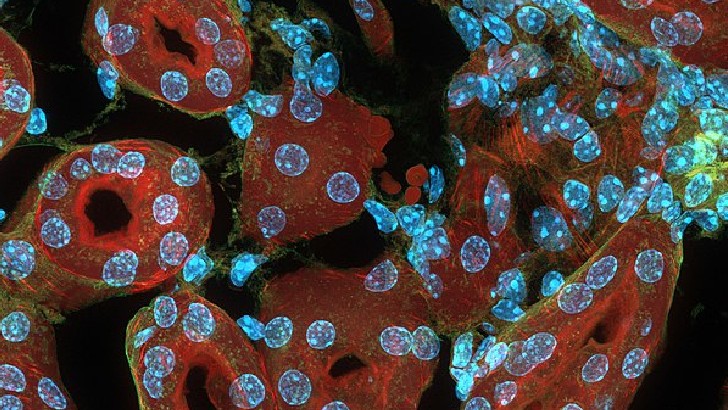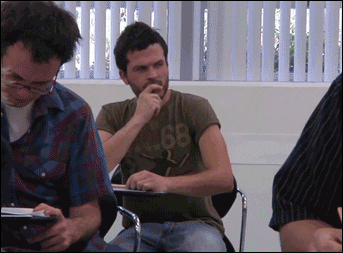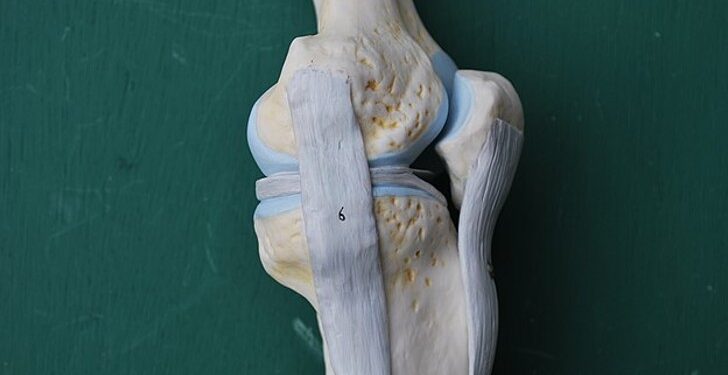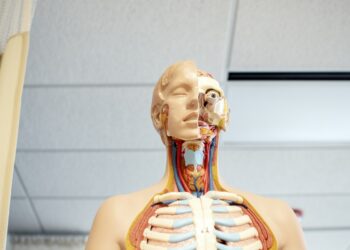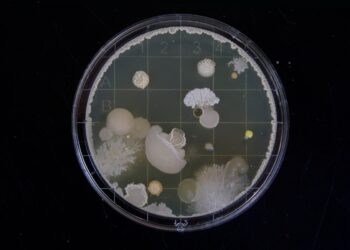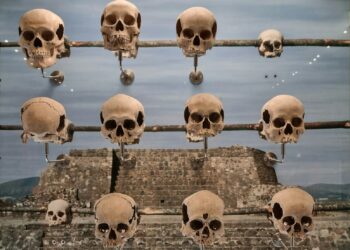We were inundated with a barrage of science knowledge in elementary school, which we either retained as we moved along in life or quickly forgot. Find out which of these scientific facts are still bouncing around in your mind by taking this quiz!
A renewable resource is a resource that _______.
Comes in a limited amount
Is naturally reoccurring
A natural resource that can be replenished throughout the lifespan of a person is said to be renewable.
Describe a neuron.
An involuntary action that links with the hypothalamus in the brain
A nerve fiber that protects the brain
A nerve tissue that controls voluntary actions
A nerve cell that serves as a key structural and functional component of the nervous system and that allows for the movement of nerve impulses
A nerve cell that serves as a key structural and functional component of the nervous system and that allows for the movement of nerve impulses
The fundamental cell of the nervous system is the neuron, often known as a nerve cell.
Nearer to the Earth’s surface, fossils are often ____ than fossils under them.
Younger
The rock strata and fossils they contain are often older at the bottom of a sedimentary stack than they are higher up.
What is the cell’s “brain” made of?
Nucleus
The cell’s nucleus functions as its central nervous system. It aids in regulating reproduction, mobility, and feeding. If it occurs inside a cell, there’s a good likelihood the nucleus is aware of it.
What is the energy that a moving item possesses?
Kinetic energy
A moving object or particle has kinetic energy, which relies on both its mass and its rate of motion
How long does it take the Earth to complete one orbit of the sun?
365 days
We are starting off simple, but don’t worry, they will become more difficult. On Earth, a day is 24 hours (the time it takes the Earth to rotate or spin once). In 365.256 days, Earth completes one orbit of the sun, or one year on Earth.
Which biome is distinguished by permafrost, a layer of earth that is always frozen?
Tundra
Permafrost on the tundra may be deeper in the summer than in the winter, but it still inhibits the development of big, deep-rooted trees.
What portion of a plant receives nutrients and water?
Roots
Tiny root hairs protrude from the root and aid in absorption. The plant’s roots assist in holding it firmly in place so it won’t topple over. They also keep additional food on hand for later usage.
What do your heart and lungs do?
Delivers calcium to your bones
Circulates blood and oxygen around your body
Circulates blood and oxygen around your body
Your circulatory system, made comprised of your heart and blood arteries, distributes blood and oxygen throughout your body.
When an animal ____ in the winter, it stops being active.
Hibernation
Some animals use hibernation as a means of surviving the bitter winter. When winter finally ends, they curl up in a secure location and remain there. Animals in hibernation appear virtually lifeless. Their body temperature is almost below freezing, and they hardly breathe at all. When the weather gets warmer, they resume their normal activities.
What does it mean when two objects brush against one another?
Friction
A solid item cannot slide or roll over another without encountering friction. Automobile engines need around 20% of their output to overcome frictional forces in moving components.
Which of these aids an animal’s defense against predators?
Camouflage
Organisms utilize camouflage, also known as cryptic coloring, as a form of defense or strategy to conceal their appearance, often to blend in with their environment.
The ___ is where two bones come together.
Joint
A joint, such as the knee, hip, elbow, or shoulder, is where two or more bones meet. There are several kinds, including ball-and-socket, planar, hinge, and saddle.
What is migration?
Change from one form to another
Movement from one place to another
Movement from one place to another
For instance, an animal migration occurs when an animal physically moves from one place to another, like the monarch butterfly and many other bird species do each year.
What is solar energy?
Energy from the sun
Solar energy is the sun’s radiation that may create heat, trigger chemical processes, or generate electricity.
Which benefit does consuming food give a person?
Energy
The body receives its energy from the three main nutrients: protein, carbohydrates, and fat. We require food because without it, we would wither away.
What happens when a liquid turns into a gas?
Vaporization
The process of turning a liquid into a gas is called vaporization.
What animals lay eggs?
All of the above
In many animal groups, including fish, birds, reptiles, amphibians, and even mammals, there are species that lay eggs and species that give birth to live offspring.
What are germs?
Microscopic organisms
Some individuals might believe that germs are bugs, cooties, or other disgusting things. In reality, germs are microscopic creatures or living entities that may infect humans and cause sickness.
Great Job! You can do better, right?
Well done! You are a science genius.
[giveaway id=12098]


















